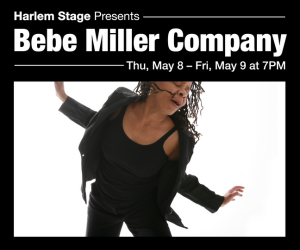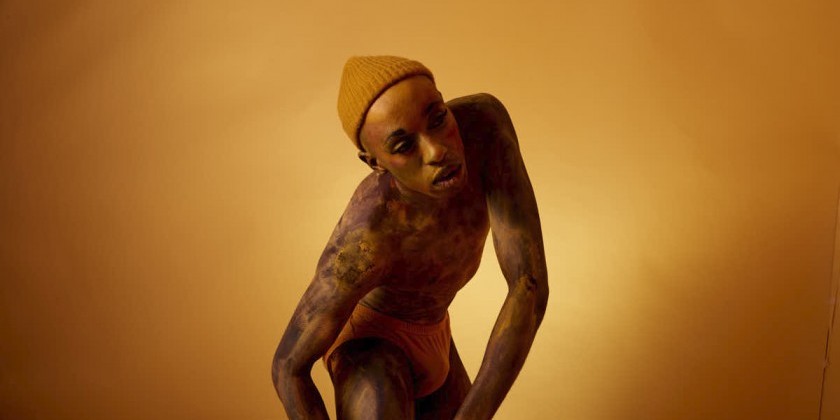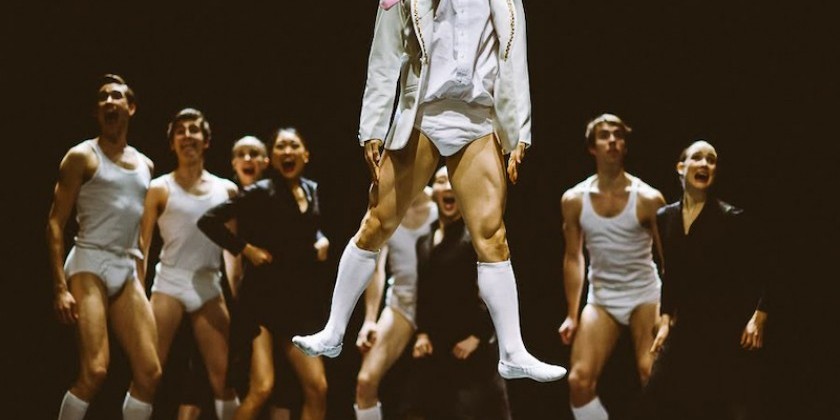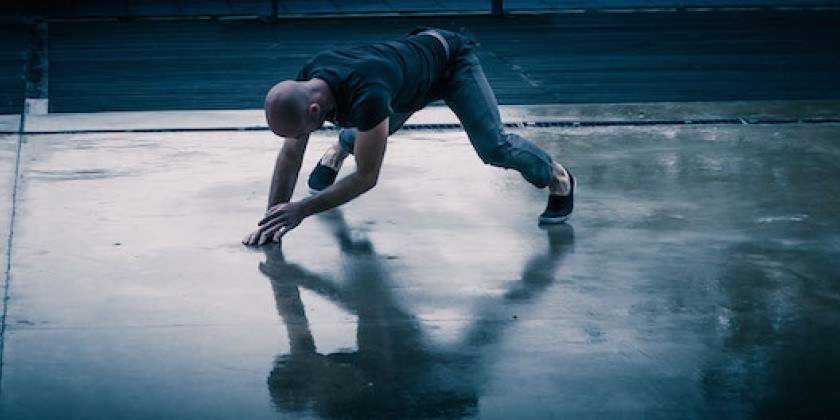Impressions from Europe: Scapino Ballet Rotterdam in "Songs for Drella" (Part 1)
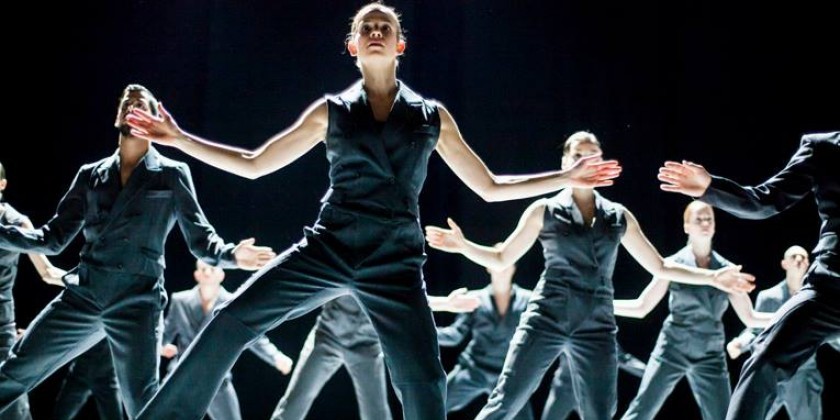
The Dance Enthusiast in The Netherlands
Choreography: Ed Wubbe & Marco Goecke
Music: Lou Reed & John Cale, Charles Mingus, and Jimmy Smith
Costumes: Pamela Homoet & Michaela Springer
Video: Amber Heij
Set: Michaela Springer
Lighting: Udo Haberland
Dancers: Scapino Ballet Rotterdam
Premiere: February 11, 2015 - Rotterdamse Schouwburg
A legacy is often perpetuated if its owner continues to be talked about, and Andy Warhol is no exception. In a new work entitled Songs for Drella, choreographers Ed Wubbe and Marco Goecke honor the iconic artist with movement. Their cast of seventeen, extremely able-bodied dancers treats us to an evening that is as nostalgic as it is mercurial and wacky. From the pre-show projection of a rotating, three-dimensional banana to the final duet between two men, ending with a voice-over recording saying, “Goodbye Andy,” the performance hops through a series of memorable vignettes.

On the whole, the energy is high. The dancers execute intricate gestural movements in rapid-fire succession, working with unbelievable clarity. Wubbe and Goecke play with an underlying idea of vibration that occurs throughout the evening in different forms. First, we see methods of traversing the space, e.g. quick shuffling of the feet, the same shuffling but with the dancers on the balls of their feet, and a cyclical, bouncing plié. Then there is the movement quality. Whether small gestures or strands of virtuosic jumps, glides, and turns, the dancers, garbed in tight-fitting variations on grey pantsuits, move so vibrantly and quickly the space is electrified.
The evening is not devoid of surprises. Iconic rear projections and props suddenly appear out of nowhere. During a duet, about midway through, without precedent large metallic bulbs of what looks like Mylar are thrown onto the sides of the stage, landing with a crash. In a later scene change, they are quickly pulled off without warning, but with a screech. Their presence feels both unnecessary and absolutely essential as they glimmer ostentatiously. Without this avant-garde quality, a piece of Warhol might have been missing. As for the projections, from a banana to large pistols, they are by no means subtle, but their appearances are crucial to the mood of a scene.

Integral to the production is the music; fifteen songs from Lou Reed and John Cale’s album Songs for Drella give us snapshots of the life of the artist they are dedicated to. From lyrics like “growing up in a small town,” to “forever changed” and “faces and names,” the former artists of the Velvet Underground help us construct an image of Warhol’s personality. The album resides in the rock genre, shifting from edgy guitar sequences to more mellow piano phrases. The marriage of Wubbe and Goecke’s choreography with the tracks makes for a hallucinatory exploration of the phenomenon that is Warhol.
Among the more fanciful moments, a solo man emerges from upstage with elongated fingertips. As he moves closer to us, we realize that the strange extensions are tons of colored pencils attached to his hands. He, with the aid of colored sidelights, paints the fog that has begun to appear above him, as if in a dream.
I will leave you with an ending image, one that gives the audience pause after a whirlwind of choreography. An ensemble of men stand on stage in silence, facing us. Using one hand as a pair of scissors, they mime cutting themselves open along the center of their torso. They proceed to pull open their flesh, and begin to scoop out what is inside, casting it away. Finally, the digging is done. With their hands now free, they form what can only be identified as a heart, made to beat by the pulsing of their thumbs. We watch as the men hold their hearts out, then throw them upward, far away from the caves in their chests.








